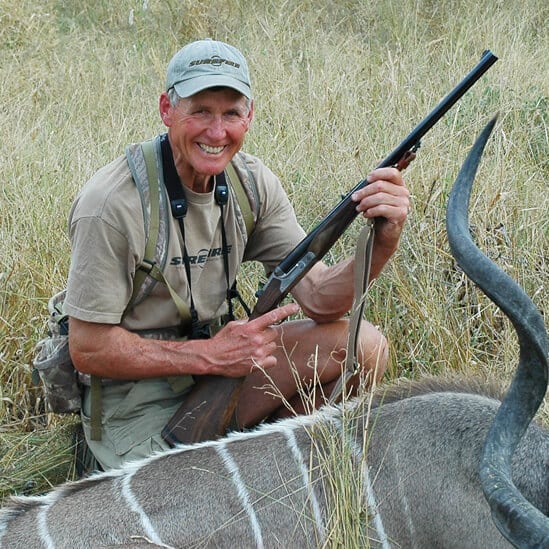What Is Ballistic Coefficient?
December 20th, 2023
8 minute read
When I first fired a rifle, B.C. was a distant time predating gunpowder. Now, in shooter chat, it’s a number assigned to a bullet. It has nothing to do with the cartridge case or the powder charge — except that a bullet’s velocity can affect its BC.
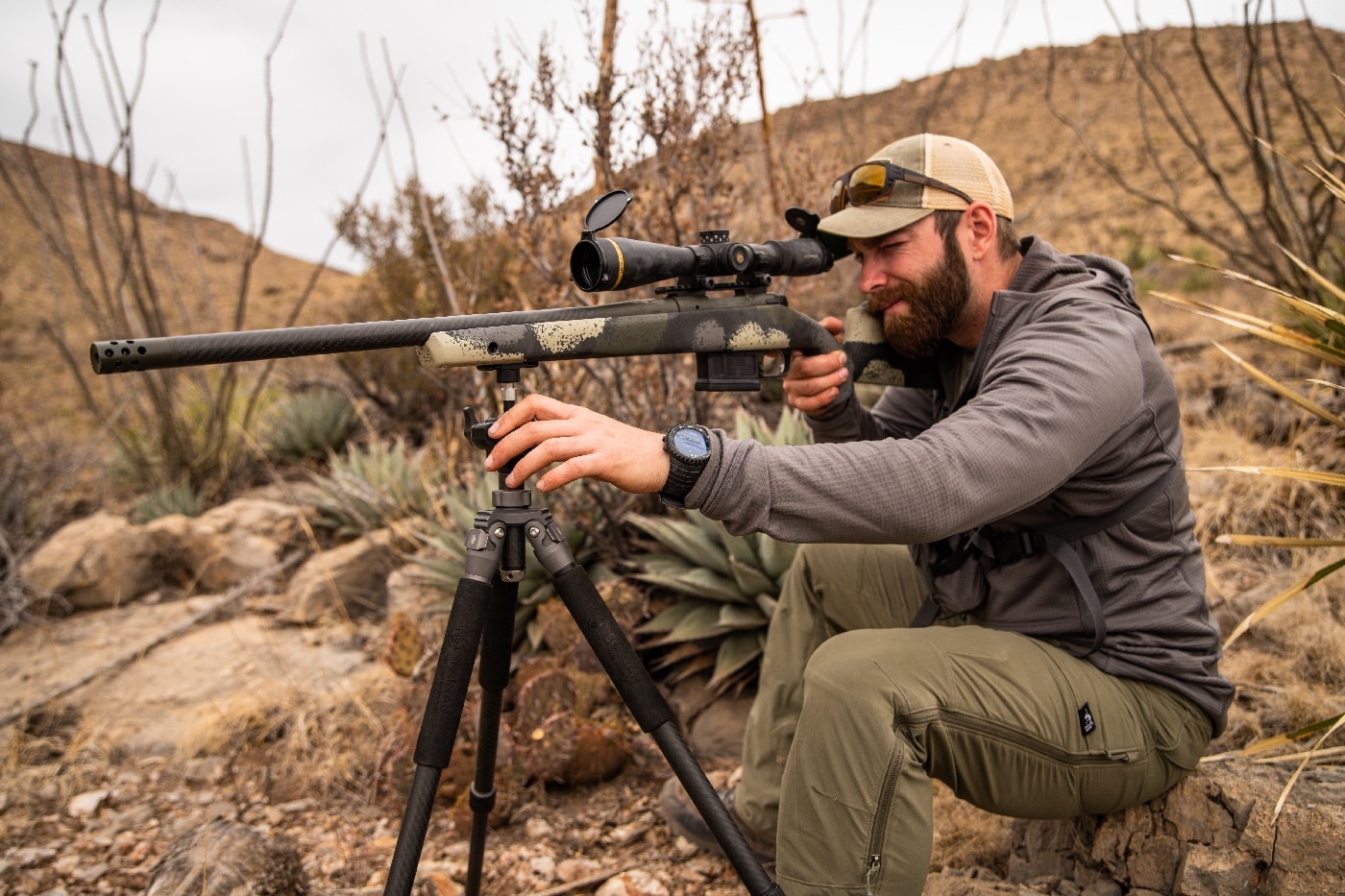
As slumber is easily induced by reading about BC, I’ll be brief. But a rough grasp of it matters if you wish to hit small targets beyond the range at which you can kill deer offhand with iron sights.
Basics of Projectile Ballistic Coefficient
Stripped bare, BC is a comparative measure of how well a bullet pierces air, or fights the drag set up by its own velocity. For bullets commonly used in small arms, BC is a three-digit number following a decimal. The higher that number, the better a bullet fares battling air resistance.
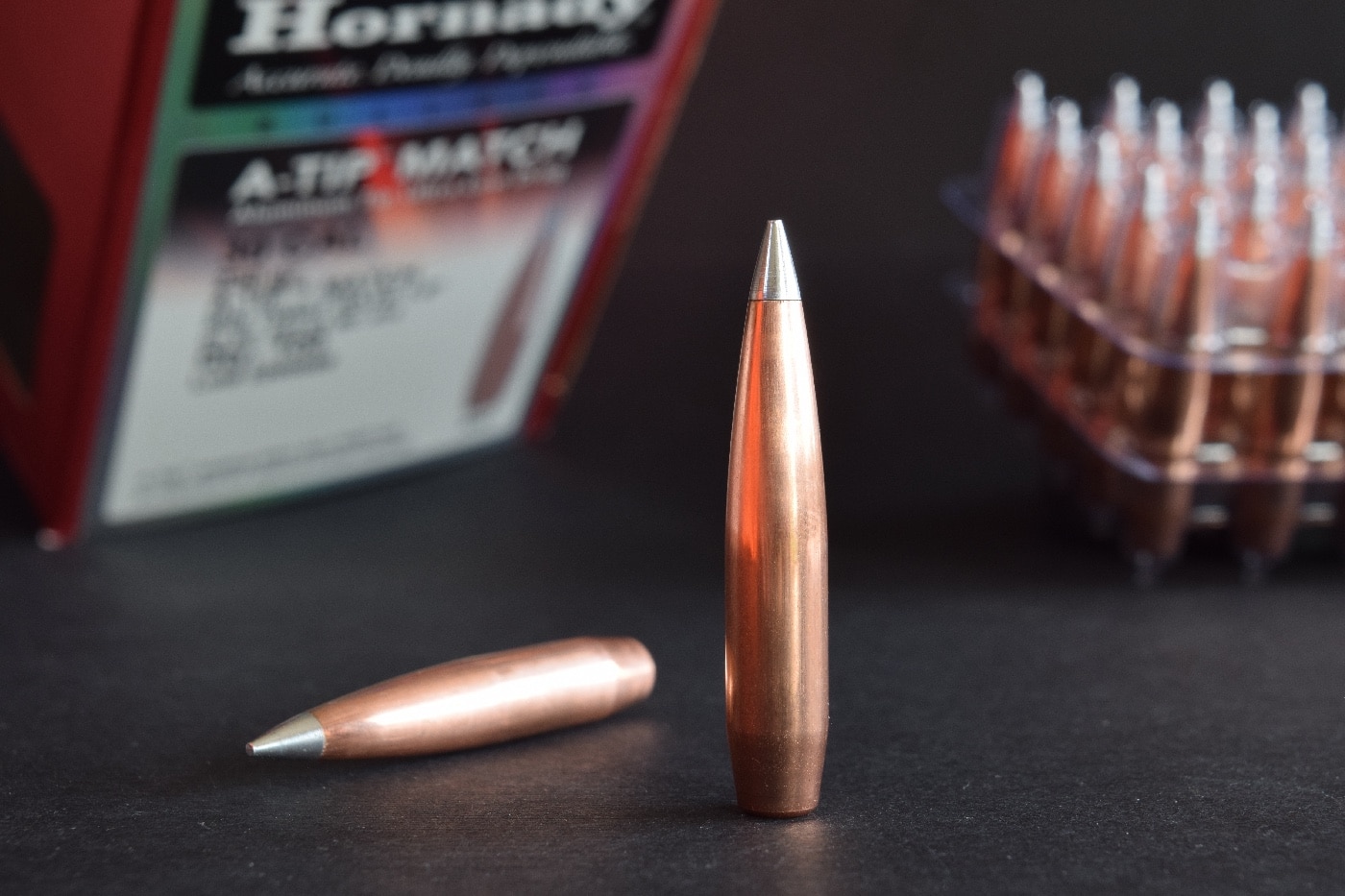
Before dismissing air as a nothingburger, stick your arm out the window of an automobile rolling down the highway at 60 miles per hour. You’re traveling at just 88 feet per second. But your muscles are taxed holding your arm straight. The car’s movement causes still air to feel like strong wind. But its pace is glacial compared to a bullet’s. A 180-grain softpoint leaving the muzzle of a .30-06 at a standard 2,700 fps is moving more than 30 times faster than your sedan! Were you riding that bullet, your hair would be flat indeed, your eyes watering.
Every bullet decelerates as soon as it escapes the thrust of powder gas — that is, as soon as it exits the barrel. Air resistance and friction, plus turbulence set up in flight, act as brakes. All the while, gravity pulls the bullet toward earth at the accelerating rate of 32 fps per second. Energy measured in foot-pounds is a function of bullet weight and the square of bullet velocity, so as the bullet slows, it loses its authority.
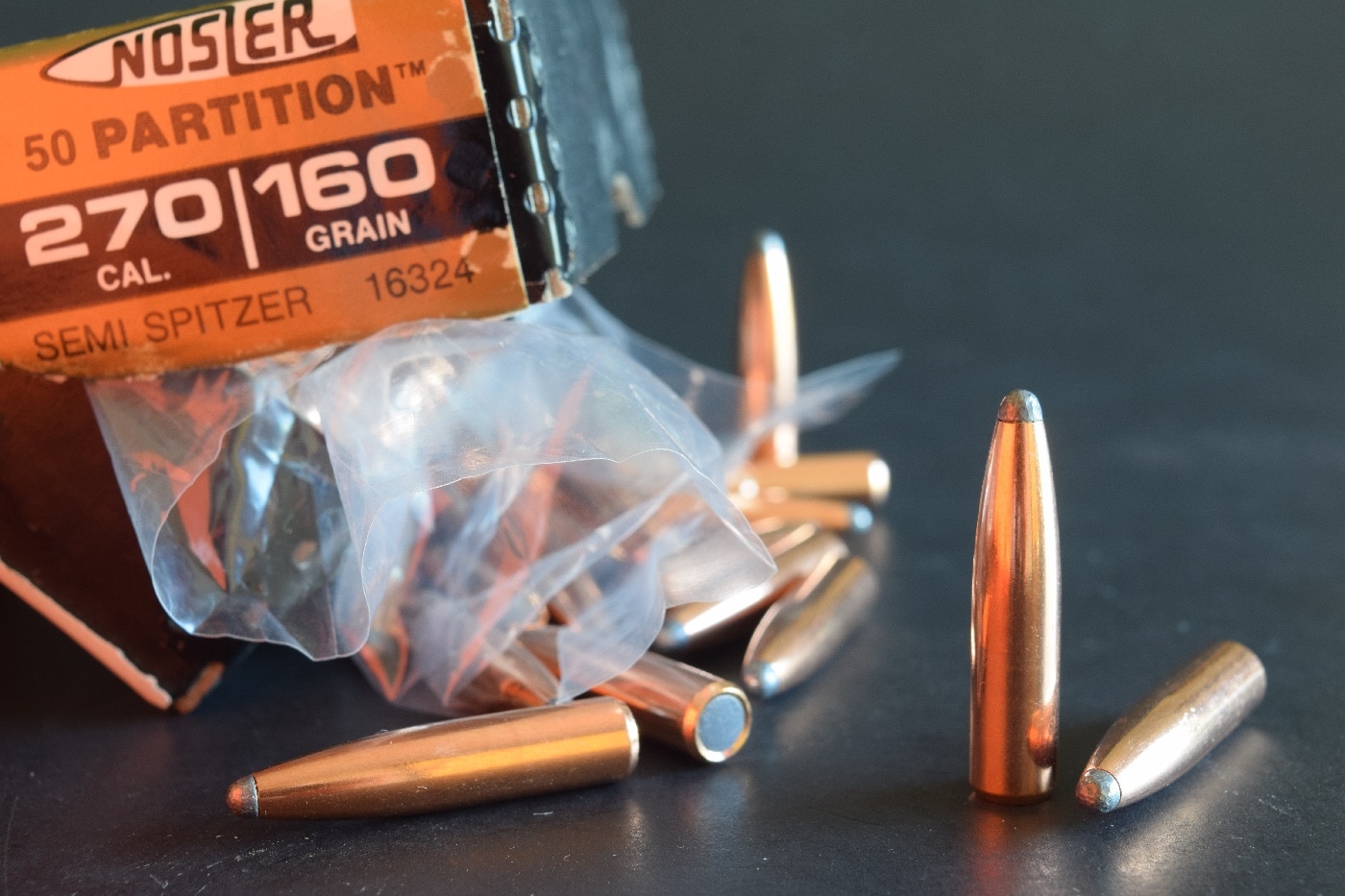
Measuring the speed of bullets, and tracing their path, challenged early shooters. Then in 1537, a bright Italian gentleman named Trataglia suggested in a book that bullets traveled in arcs, a radical idea when many people assumed they flew straight until spent, then fell abruptly to earth. Trataglia’s experiments showed the launch angle that gave bullets their greatest range was near 45 degrees. This is much steeper than the angle that gives a .30-06 bullet its longest reach. Still, Trataglia’s conclusion was valid for his day. At the low speeds of early balls from black-powder muzzle-loaders, gravity had a greater effect than drag on the projectiles’ flight. Modern high-speed bullets, in contrast, are influenced more by drag.
A century later, studying trajectory for the Venice arsenal, Galileo dropped cannon balls from the Leaning Tower of Pisa. Accepting gravity’s tug as constant, he determined bullet paths must be parabolic, and affirmed 45 degrees as the launch angle for maximum range. But as Trataglia, he ignored drag in his calculations. Compared to the acceleration of gravity, drag on a cannonball dropped from a window was essentially zero!
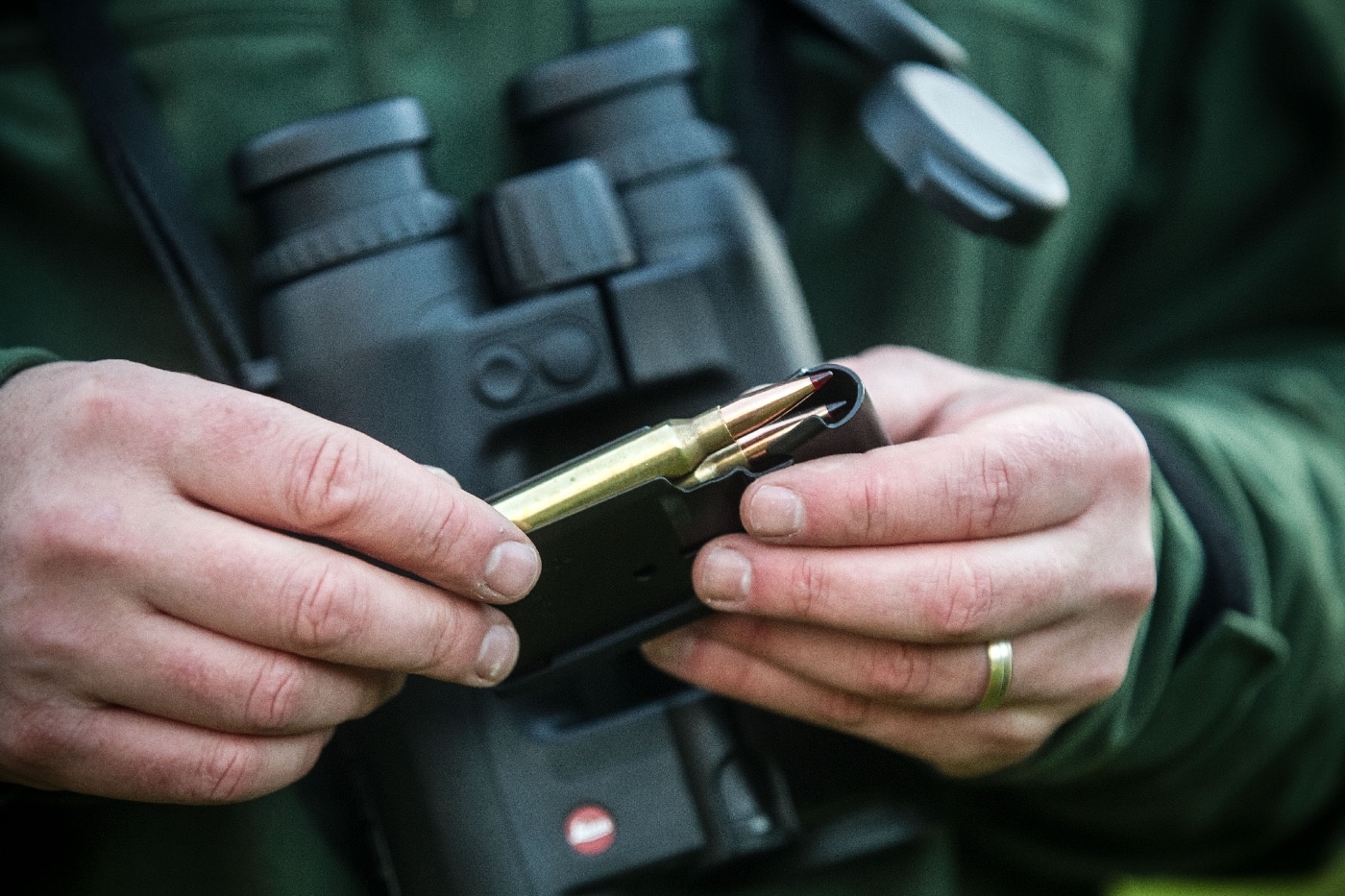
Another century on, Englishman Benjamin Robins devised a ballistic pendulum. Firing a bullet of known mass into a heavy wooden bob, also weighed, he calculated the bullet’s velocity by measuring the pendulum’s swing. In the 1740s, few of his colleagues could imagine musket balls streaking away at 1,400 fps! Equally incredible: low readings from longer range suggesting that drag on the balls was 85 times as strong as the pull of gravity! Decades later, drag measurement would bear out Robins’ results.
Isaac Newton conducted pendulum experiments, too. One of his findings was the universal law of gravitation, which declares that the force of gravity varies with altitude. Sir Isaac’s fundamental laws of mechanics, and his work on calculus (concurrently with Leibnitz), were crucial to the study of ballistics. Newton showed that drag increases with air density and with the cross-sectional area of the bullet. He also demonstrated a relationship between drag and the square of a projectile’s speed. With no way to measure the speed of musket balls, he couldn’t know that drag spikes as they near the speed of sound (1,120 fps).
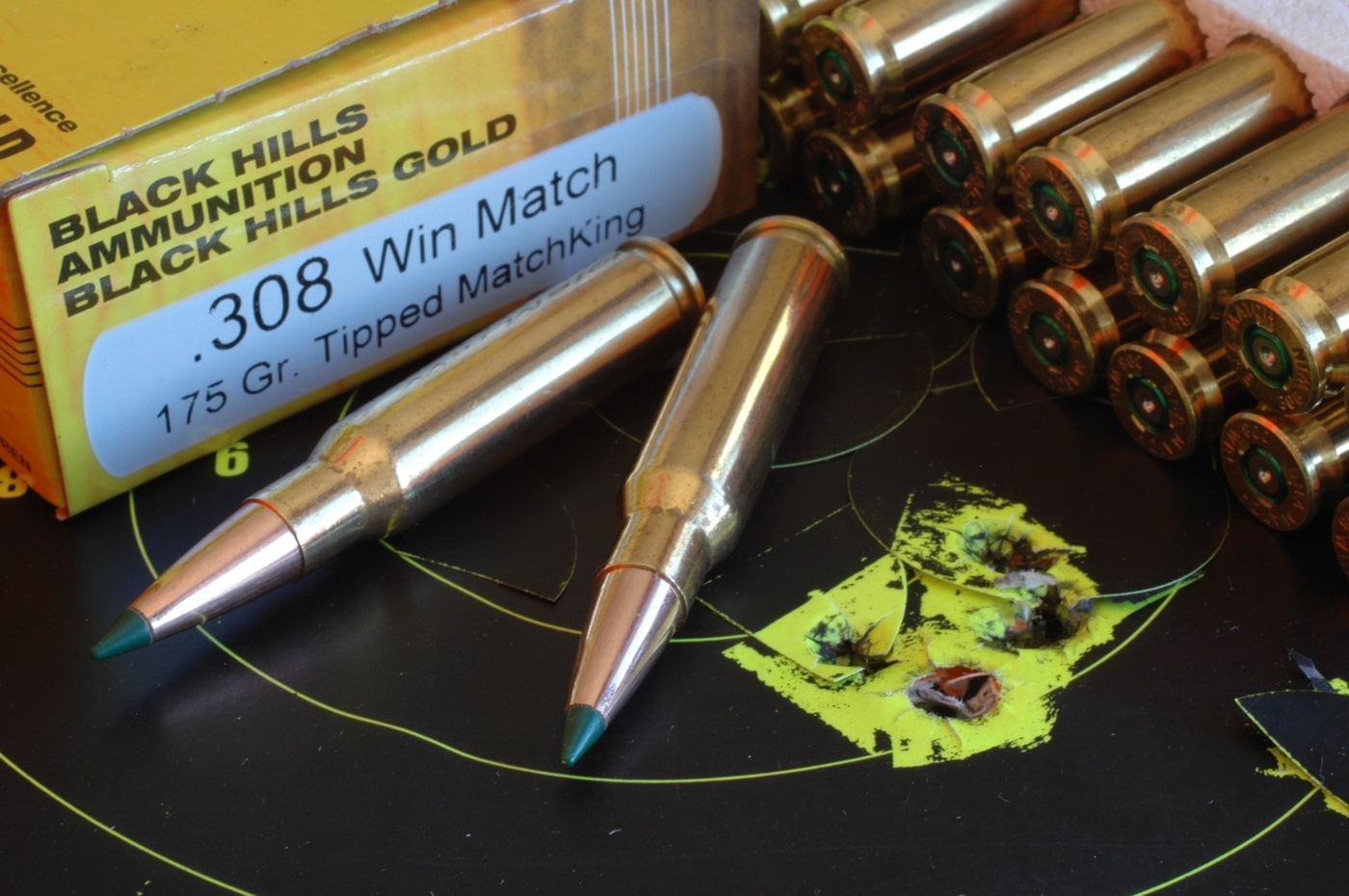
Invention of the electro-ballistic chronograph in 1864 would absolve mathematicians from using calculus to predict bullet trajectories and would open new investigations into bullet flight.
Use of a ballistic coefficient became practical late in the 19th century, with adoption of “standard” bullets. Fashioned after artillery rounds of that era, they had specific shape, weight and dimensions. Early to the party was Germany’s Krupp bullet. Krupp data prompted a Russian colonel, Mayevski, to develop a mathematical model showing its drag deceleration. In 1881, the Gavre Commission in France came up with a similar bullet 1 pound in weight and an inch in diameter. It was 3.28 inches long, with a 1.96-inch shank and a 1.32-inch nose with 2-caliber ogive. Tables by U.S. Army Colonel James Ingalls, published in 1893 and revised in 1917, used this Gavre Type 1 bullet, now known as G1.
Calculate Ballistic Coefficient
Any bullet’s BC is essentially a mathematical comparison of its form and sectional density with those of the standard bullet. Computing BC — formally “C” with a “ballistic” subscript — is a tedious task.

Of various formulas, the simplest is: C=SD/i, where “SD” is the bullet’s sectional density, or the ratio of its weight in pounds to the square of its diameter in inches, and “i” is the form factor.
Getting to “i” is no fun mathematically unless you’re a numbers nerd. Think “streamlined.” The higher its form factor, the easier a bullet cleaves air. Bullets with a long ogive (the nose, from shank to tip) and tapered heel brook less resistance and decelerate less readily than bullets the shape of a soup can.
Moving (Bullets) Forward
In my youth, pointed or “spitzer” bullets with G1BCs of around .400 were considered racy. Many hunters carried .30-30 lever rifles with 170-grain bullets whose flat noses trimmed BCs to half that. The .360 BCs of the pointed 180s in my .303 SMLE seemed high to me. They’re modest by current measure.
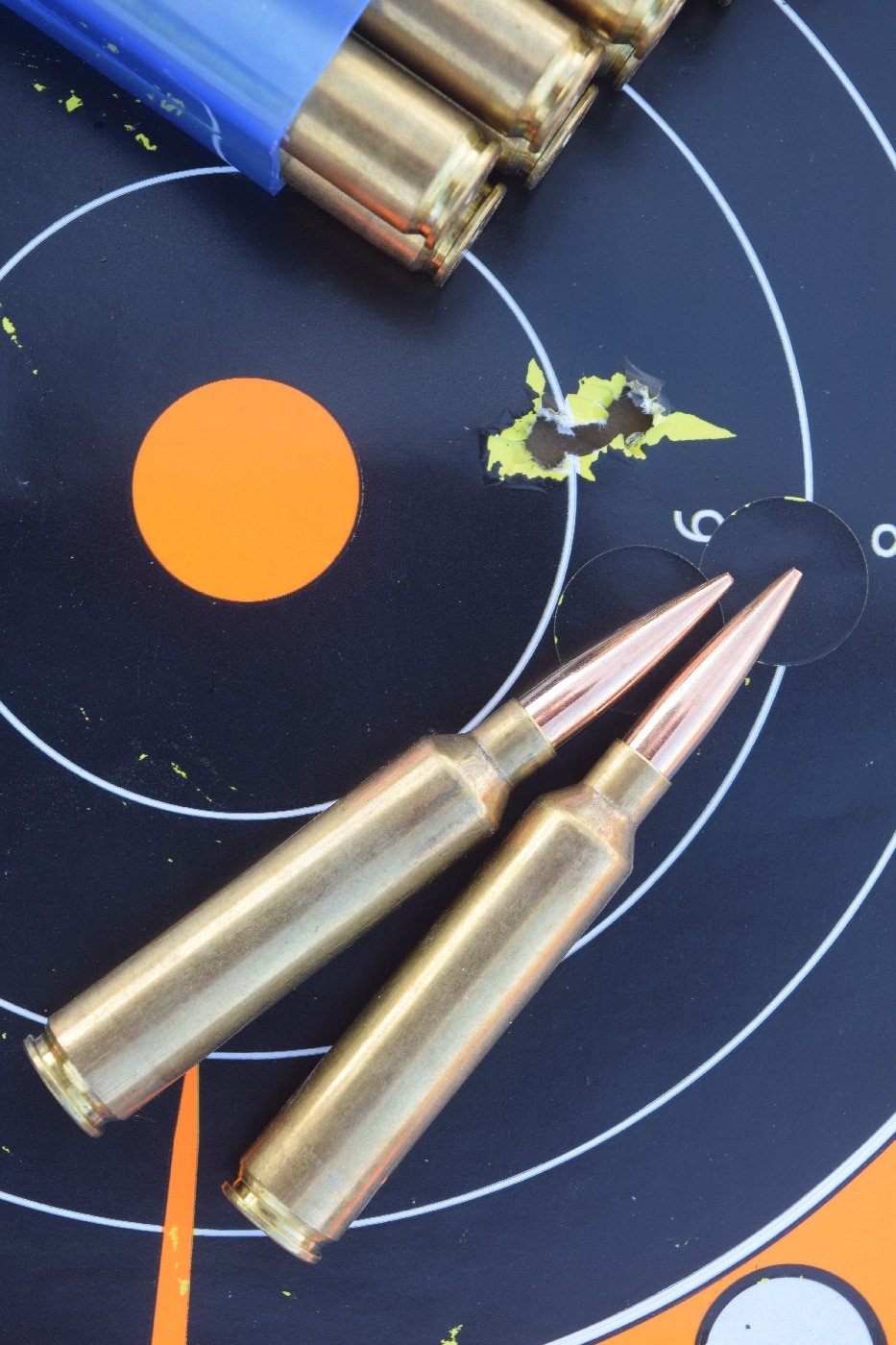
While G1 values are still commonly applied to hunting and target bullets, the G1 standard bullet was faulted shortly after its debut for its rapid deceleration, which changed its ballistic properties. Sleeker shapes evolved. Here with a summary:
- G1 — Gavre, Ingalls; flat base, blunt 2-caliber ogive
- G2 — Aberdeen Proving Grounds; “J” projectile
- G5 — short 7.5-degree tapered heel; long 6.19-caliber tangent ogive
- G6 — flat base; long 6-caliber secant ogive
- G7 — long 7.5-degree tapered heel; long 10-caliber secant ogive
- G8 — flat base; long 10-caliber secant ogive
- GL — blunt lead nose
The G7 standard is used increasingly now. It best represents the “VLD” or very-low-drag bullets favored by long-range shooters, and ever more often by hunters. It’s surely closer to the shape of modern sporting bullets than is the French Navy’s G1 of 140 years ago! It is 4.230 long, with a .600 tapered heel (boat-tail) and a 1.450-inch shank. The 2.180-inch nose has a 10-caliber ogive. Many manufacturers now show G1 and G7 values for their sleekest bullets. G1 numbers are the highest. For example, Nosler’s 140-grain 6.5mm RDF (Reduced Drag Factor) bullet has a G1 BC of .658, a G7 of .330; Hornady’s 143-grain 6.5 ELD-X bullet registers a G1 of .620, a G7 of .311. The G1 and G7 numbers are equally valid. Think of measures in miles and kilometers. Remember too, the G7 shape is the more demanding standard.
With higher BCs, you get lower deceleration rates, so higher downrange velocities, better energy retention and flatter arcs far away. So why don’t all bullets have Pinocchio noses and long tapered heels? Well, long tapers rob bullets of weight that contributes to sectional density and penetration in tough game. Long bullets must be seated deep to clear the fronts of magazines. Deep seating intrudes on powder space in cartridge cases. And rifling twist designed to best stabilize bullets of “ordinary” weight and length can prove too slow to afford matching accuracy with long bullets. That’s why fast-twist rifling is commonly recommended for heavy VLDs and cartridges designed for them. Examples (high BCs in parentheses):
| Cartridge | Standard or Recommended Twist Rate |
|---|---|
| .243 Win | 1:10″ |
| 6mm Creedmoor | 1:7.7″ or 1:8″ |
| .260 Rem | 1:9″ |
| 6.5 Creedmoor | 1:8″ or 1:9″ |
| 7mm Rem Mag | 1:9.5″ |
| 7mm PRC | 1:8″ |
| .300 Win Mag | 1:10″ |
| .300 PRC | 1:8.5″ or 1:9″ |
Changes in drag, which most directly affects bullet drop, do not correspond linearly to changes in BC. A bullet with a .600 BC, launched at 3,000 fps, falls about 58 inches at 500 yards. A bullet with a BC of .400 sags 65 inches. Not much more, given the 33-percent change in BC! Energy retention more nearly reflects point of impact change than it does differences in BC. The longer the shot, the greater the benefit of high BC. Any advantage of a speedier start from a lighter bullet is soon lost to faster deceleration.
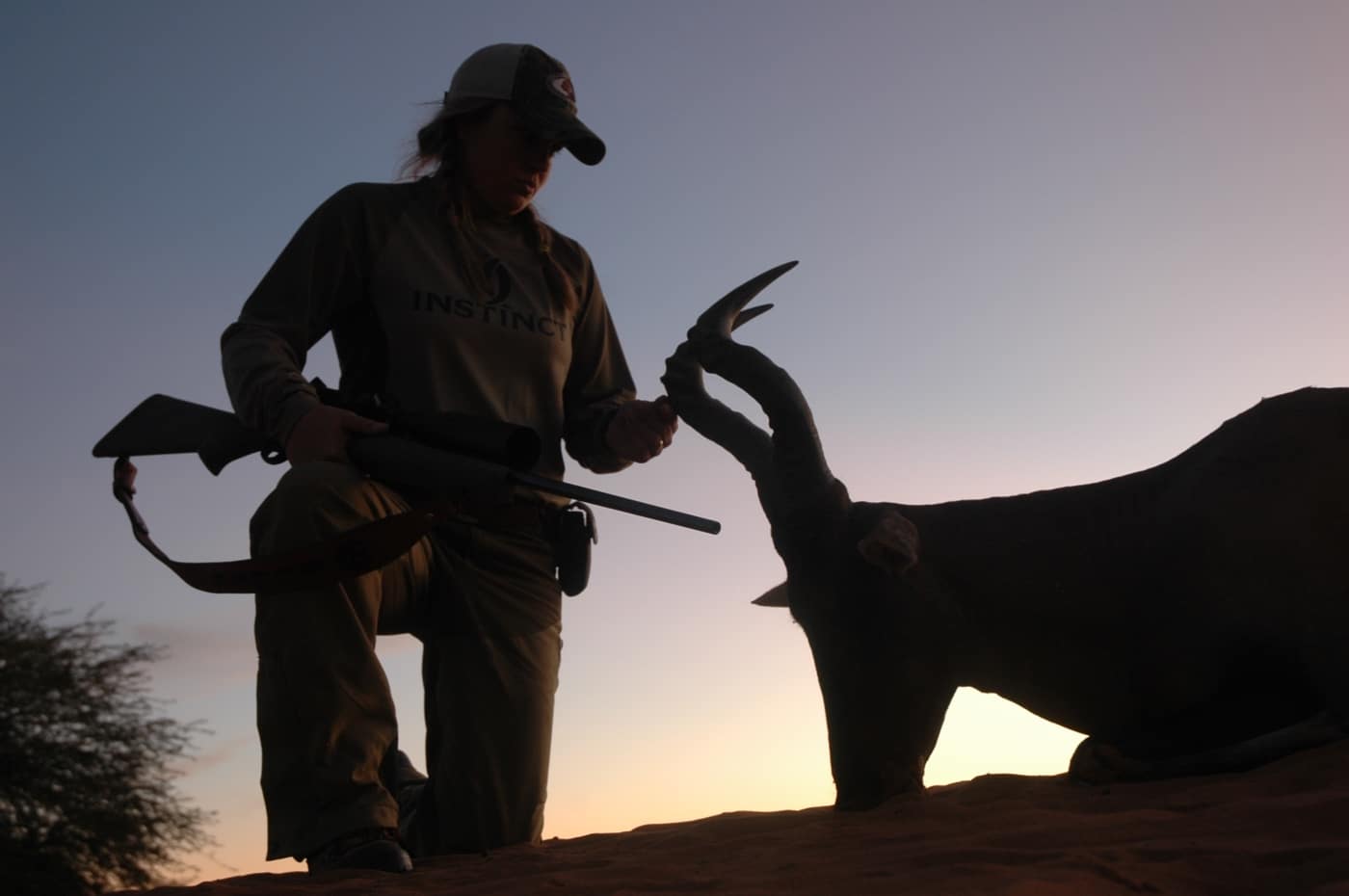
A couple of things to keep in mind: Change in BC has a larger downrange effect at high starting velocities than at low ones, because as you add speed, drag increases as a percentage of the forces braking the bullet. Secondly, actual BC isn’t always the same as the calculated number. “We often see differences of 10 percent between our chart figures and those determined by our firing tests,” say technical experts at Sierra Bullets. “And ballistic coefficients can change markedly near the speed of sound.”
Final Thoughts of Bullet Performance
While BCs grab a lot of gab around campfire and wood stove, they’re not the definitive measure of a game bullet. Bullet weight, construction (upset and penetration) and accuracy figure more heavily on most hunts. BC matters only at ranges beyond those at which animals are usually killed. Most important: your ability to hold the rifle on the right spot and crush the trigger without disturbing your aim!
Editor’s Note: Please be sure to check out The Armory Life Forum, where you can comment about our daily articles, as well as just talk guns and gear. Click the “Go To Forum Thread” link below to jump in and discuss this article and much more!
Join the Discussion
Continue Reading
Did you enjoy this article?

 75
75





